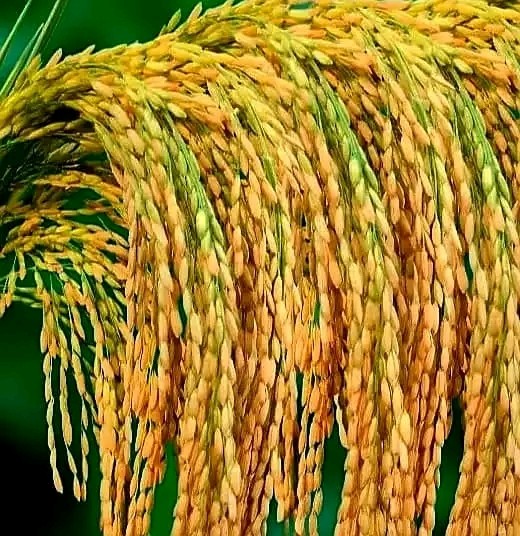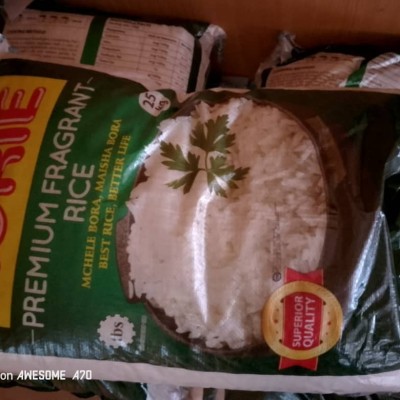FACTS ABOUT RICE AND RICE FARMING
Facts about rice
Origin: Rice (Oryza sativa) is believed to have originated in the region around the Yangtze River in China and the Ganges River in India. Archaeological evidence suggests rice cultivation began around 8000-9000 years ago in these areas.
Diverse Varieties: There are thousands of varieties of rice, categorized broadly into long-grain, medium-grain, and short-grain types. Varieties differ in size, shape, texture, and flavor.
Nutritional Value: Rice is a good source of energy due to its high carbohydrate content. It also provides essential nutrients such as protein, fiber, B-vitamins (especially B1 and B3), and minerals like iron and zinc.
Global Production: The top rice-producing countries include China and India,which account for a significant portion of global production.
Rice farming
Climate and Soil Requirements: Rice typically grows best in tropical and subtropical climates with high humidity and abundant rainfall. It requires well-drained, clayey or loamy soils with good water retention properties.
Water Management: Rice is unique among cereal crops in that it can thrive in standing water. Flooding the fields during the growing season suppresses weeds, reduces pests, and provides the oxygen-depleted environment that rice plants prefer.
Cultivation Methods: Rice can be planted directly in the field by broadcasting seeds or transplanting seedlings. Transplanting is a common method in many Asian countries where seedlings are first grown in a nursery and then transplanted into the flooded field.
Harvesting: Rice is harvested when the grains have matured and the moisture content is appropriate for storage.






